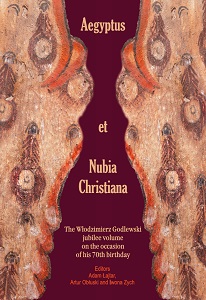
Problems of valency in poetic text
Problemy walencji w tekście poetyckim
Keywords: language of poetry; semantics; deep syntax; valencies of predicates
The article deals with creative violations of the semantic limitations of predicates in Polish poetry. Until now, this problem has not been consistently taken into account, although it opens new research perspectives in the field of linguistics and literary studies. Characteristics of the words used in a given text in terms of their valency structure allow to draw the boundary between the poetry from earlier periods and its more avant-garde forms. The way in which the problem is solved in artistic texts can also be an important criterion for distinguishing between one author’s poetic workshop and the artistic strategy of another. It also allows you to follow how the poets gradually familiarize the reader with the creative technique studied in this article, what additional tools they use to encourage him to make an interpretive effort. From the theoretical point of view, the relationship between the question of semantic-syntactic modifications in the modern poetry and the problem of metaphor, metonymy, comparison, zeugma, syllepsis and similar tropes is also interesting. In the main part of her article, the author gives examples of creative violations of the principles of deep syntax in selected poems of B. Leśmian, K. K. Baczyński and Z. Herbert. This allows us to pay attention to three different approaches to the analysed issue.
More...
